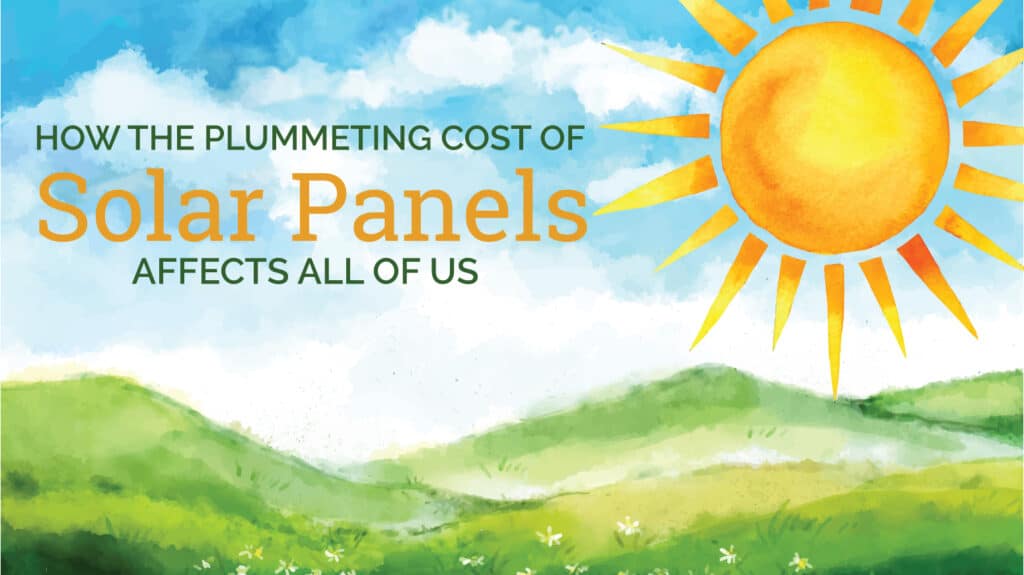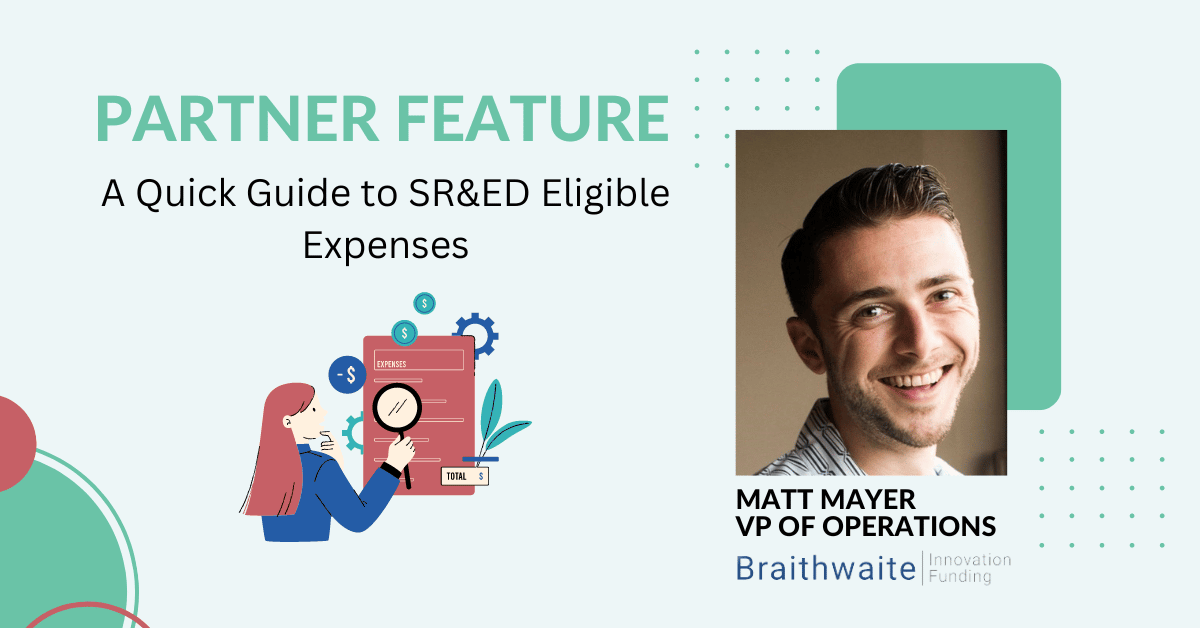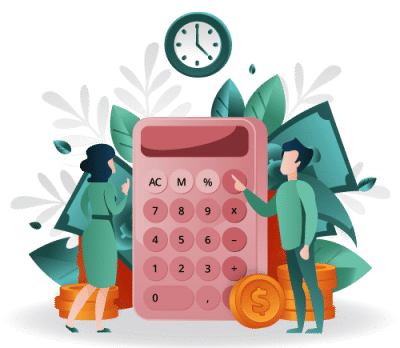The falling prices of solar panels across the globe and the impact it has on our lives is something that will affect all of us in the long term. Long story short, the dropping cost associated with getting in on the solar panel revolution boils down to a few basic things: more efficient manufacturing technology, changed auction procedures, and a fall in installation prices.
Why Are the Costs Dropping?
To begin with, there’s significantly more efficient technology in manufacturing and products are becoming more advanced: As a general rule of thumb, the price of most technologies decreases with an increase in production, and solar panels or PV modules are no different. With more than 1 million U.S. homes having taken the plunge and taking advantage of ongoing federal and state subsidies, manufacturing will continue to increase and drive hard costs down (and this isn’t even looking at “utility-scale solar” which has installed more than 2.5 times more capacity than residential and commercial sectors combined).
Now let’s look at installation. Though installation prices are falling, they need to fall even further to tempt many homeowners to take the leap. “Soft costs comprise about 67% of a total [U.S.] residential system price. So while continued hardware cost reductions and technology innovation will continue to bring down overall system prices, ‘dramatic’ cost reductions will primarily come from reducing soft costs,” says Ben Gallagher, a solar analyst at GTM Research, in an article in Fast Company. Interestingly enough, one of the reasons these soft costs are high is because selling solar panels (particularly in residential) really requires personalized service. Many times a homeowner is looking at an all-in $30,000 + price tag, and this takes boots on the ground and a lot of hand-holding in order to make a solar sale.
And now on to the auctions, this is more of a utility-scale benefit. There’s quite a revolution happening in renewable energy in general. Many countries have, or are in the process of adopting, auction-based tactics for subsidizing renewable energy sources including solar and wind (Remember those disappearing subsidies that I touched on earlier?). In December, Alberta Premier Rachel Notley announced the winning bids of the first Alberta Renewable Energy Program Auction. The winning bidders are set to develop 600 megawatts of wind generation, which will increase Alberta’s wind capacity by roughly 40 percent and bring the province 12 percent of the way toward its 2030 goal of 5,000 megawatts of new renewable energy. Yes, I realize this is wind not solar, but look at the outcome: The winning bids had a weighted average price of 3.7 cents per kilowatt-hour. Just three years ago, Alberta’s average electricity price was 4.9 cents per kilowatt-hour. Taxpayers could see money flowing back to the treasury if electricity prices go above 3.7 cents (which, let’s be honest…we know they will). When solar and wind work together, there is massive potential, diversification is key in making this even bigger. Solar energy can produce during times when wind energy is reduced.
Here’s a quick overview checklist of why solar panels make sense that I put together for the sake of providing a little bit more information related to this post:
- The average cost of solar panels dropped from $76.67/watt in the 70s to less than $0.698/watt.
- The prices of solar panels will further decline with the increase in production.
- The balance-of-system cost will also decline, which will also make installation cheaper.
- The cost of electricity from the solar panel is expected to drop below the cost of retail electricity.
- Electricity from solar panels makes more financial sense than using electricity from the national grid.
- The shift from grid electricity to self-produced solar electricity is a trend followed by major tech companies.
- Solar energy will soon become the cheapest source of energy in the entire world.
Visit venbridge.com for more details on non-dilutive venture debt and tax credit consulting services. Venbridge’s services allow you to maximize your government tax incentives, better manage cash flow, and invest more in the areas you need.
+1-833-386-3632




